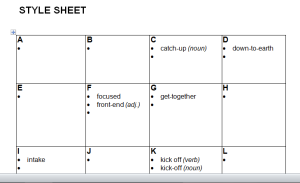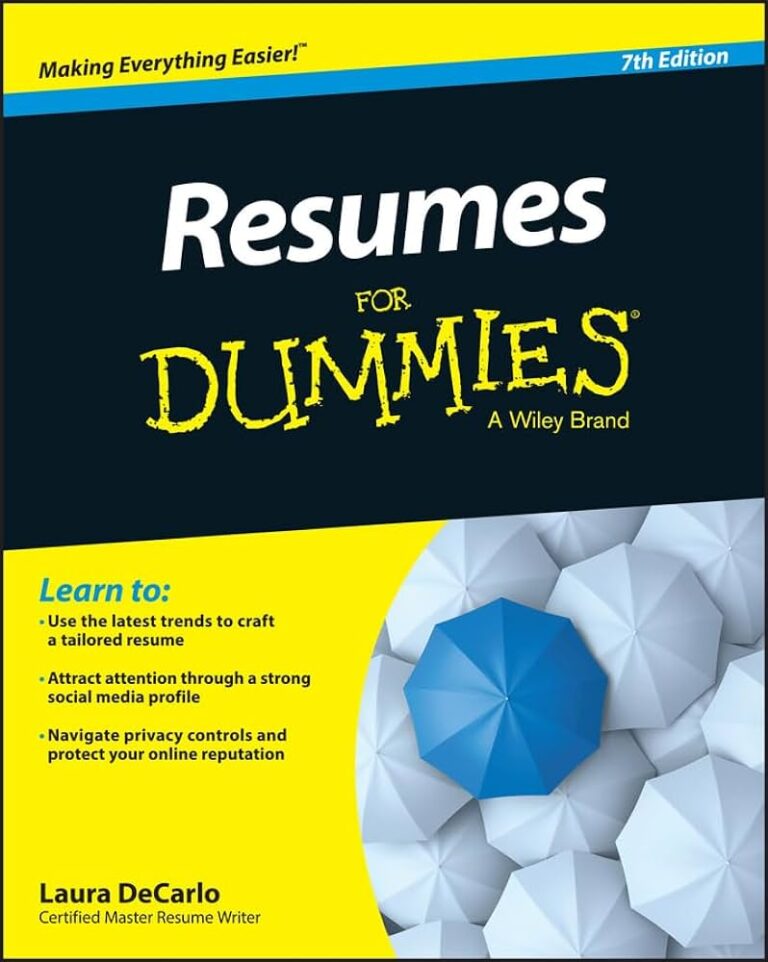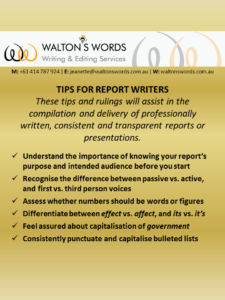If my years of writing and editing have taught me anything, it’s that there are certain grammar, punctuation and spelling areas we all commonly trip up on (oopses). Deadlines can be an issue when writing, particularly in the business world, meaning we don’t always get the chance to have our writing edited before it’s delive red.
red.
Where there’s no time for a second set of editor eyes, adhering to the following while writing may avoid unnecessary embarrassment and reader disenchantment. It’s so much about consistency, and your business writing can only benefit by complying with these recommendations.
Be intense about your writing tense
- It’s important to keep tense usage the same in business writing – unintentionally alternating between past and present tense can confuse the reader.
- You may come off as sounding less of an expert about your topic than you’d like.
- General rule of thumb is to use present tense when referring to current results or findings, and past tense for examples or events that have already occurred.
- Consider which parts of your writing you want perceived as highly relevant to today.
Keep your dashes consistent
- Another common one is hyphen usage in words and terms. There are many examples where words can be written with or without a hyphen (e.g. coordinate vs. co-ordinate).
- Consult your dictionary on which version is recommended, and if your preference opposes this but is also noted in dictionary as a variation, use yours and ensure it’s consistent throughout.
- Style sheets used by most editors and proofreaders are a handy way to keep track of what version of spelling and/or punctuation you’ve chosen for each word (see example above).
To quote or not to quote
- Punctuation of direct quotes is often confused in business writing, and the Australian Government Style Manual now recommends single quotation marks for all purposes other than quotes within a quote.
- Yet many of us still prefer to use double marks to enclose quoted matter, which is okay. It’s mostly important to keep your chosen usage consistent across the document.
- Also consider whether the quote is a full sentence, or whether it’s part of a sentence. In Australian business writing, if it’s a full sentence the full stop comes before the closing quotation mark, and vice versa if it’s a sentence fragment.
Obviously there are many more ‘oops’ areas to consider, but these three will help ensure greater uniformity (and perceived reliability) across your business writing.
________________________________________________________________
Walton’s Words has extensive experience in editing, proofreading and value-adding business writing (and other genres), including developing style guides to ensure consistency. Drop us a line or give us a call if you’d like to discuss how we could potentially improve the reach of your business writing.



